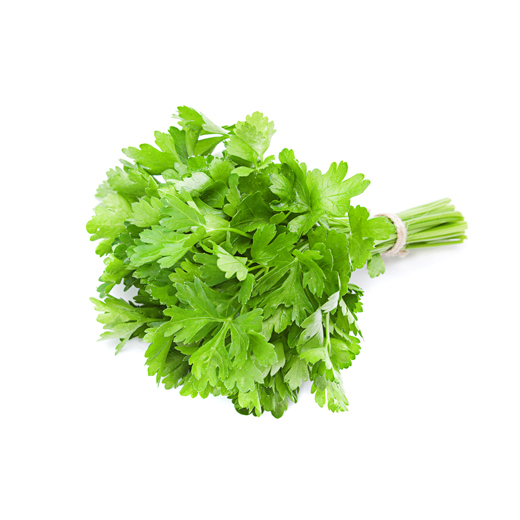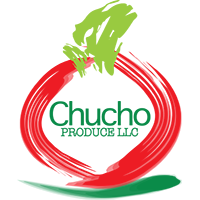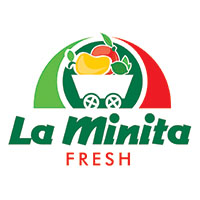How to Find Us?

Plain parsley
Parsley or Garden Parsley is a species of Petroselinum in the family Apiaceae, native to the central Mediterranean region (southern Italy, Algeria, and Tunisia), naturalized elsewhere in Europe, and widely cultivated as a herb, a spice, and a vegetable.
Where it grows as a biennial, in the first year, it forms a rosette of tripinnate leaves 10–25 cm long with numerous 1–3 cm leaflets, and a taproot used as a food store over the winter.
Parsley, fresh
Nutritional value per 100 g (3.5 oz)
Energy 151 kJ (36 kcal)
Carbohydrates
6.33 g
Sugars 0.85 g
Dietary fiber 3.3 g
Fat
0.79 g
Protein
2.97 g
Vitamins
Vitamin A equiv.
beta-carotene
lutein zeaxanthin
(53%) 421 μg
(47%) 5054 μg
5561 μg
Thiamine (B1) (7%) 0.086 mg
Riboflavin (B2) (8%) 0.09 mg
Niacin (B3) (9%) 1.313 mg
Pantothenic acid (B5)
(8%) 0.4 mg
Vitamin B6 (7%) 0.09 mg
Folate (B9) (38%) 152 μg
Vitamin C (160%) 133 mg
Vitamin E (5%) 0.75 mg
Vitamin K (1562%) 1640 μg
Trace metals
Calcium (14%) 138 mg
Iron (48%) 6.2 mg
Magnesium (14%) 50 mg
Manganese (8%) 0.16 mg
Phosphorus (8%) 58 mg
Potassium (12%) 554 mg
Sodium (4%) 56 mg
Zinc (11%) 1.07 mg
Units
μg = micrograms • mg = milligrams
IU = International units
Percentages are roughly approximated using US recommendations for adults.
SOURCE: USDA NUTRIENT DATABASE








